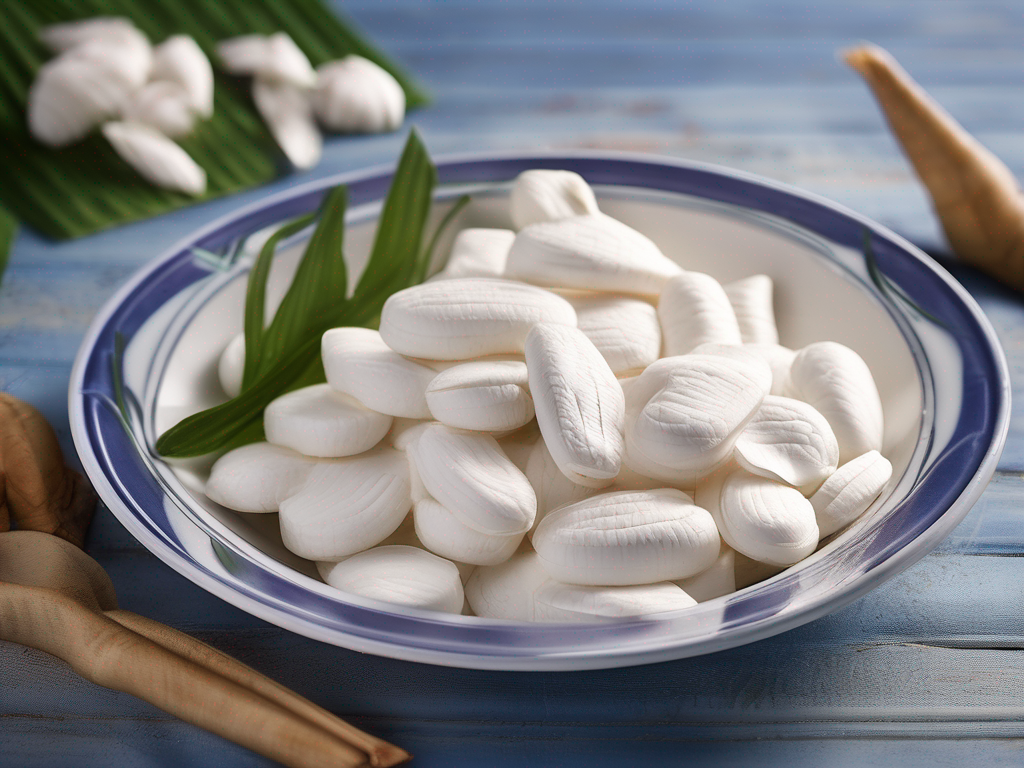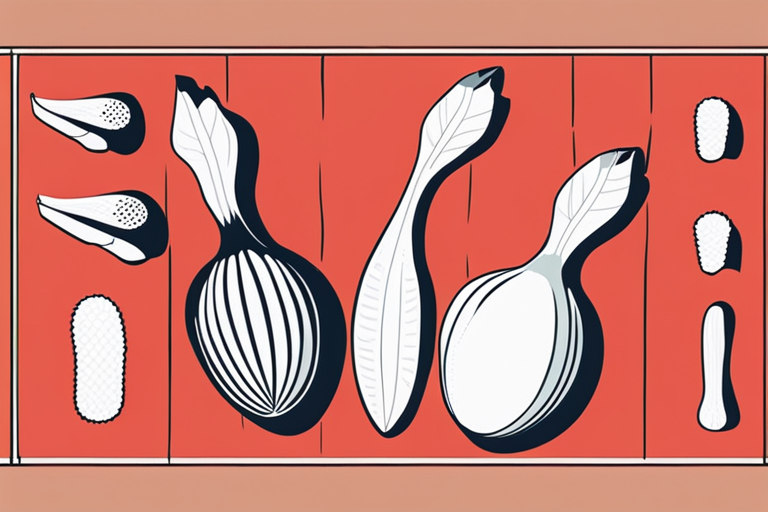
Is your Arrowroot Still Good? How to Tell if Arrowroot has Gone Bad
Get Your Free Food Safety Cheat Sheet
30 most common foods with instant answers. Print it and stick it on your fridge—completely free!
Is your Arrowroot Still Good? How to Tell if Arrowroot has Gone Bad
Arrowroot is a popular ingredient known for its thickening properties in cooking and baking. But like any food product, arrowroot can go bad over time. In this blog post, we'll explore how to tell if your arrowroot has gone bad and provide you with practical tips on storing and using it safely. (Arrowroot)
Understanding Arrowroot
Arrowroot is a starchy substance that is extracted from the roots of the arrowroot plant. It is commonly used as a thickening agent in soups, sauces, and baked goods. Arrowroot is gluten-free, making it a popular choice for those with gluten sensitivities or celiac disease.
Key Points:
- Arrowroot is a versatile ingredient used for thickening in cooking and baking.
- It is gluten-free, making it a suitable option for those with gluten sensitivities.
- Arrowroot is commonly used in both sweet and savory dishes.
Signs that Arrowroot has Gone Bad
Like any food product, arrowroot can spoil if not stored properly or if it is past its expiration date. Here are some signs to look out for to determine if your arrowroot has gone bad:
1. Off Odor
- Fresh Arrowroot: Arrowroot typically has a neutral odor.
- Spoiled Arrowroot: If your arrowroot has a musty or off-putting odor, it may have gone bad.
2. Change in Color or Texture
- Fresh Arrowroot: Arrowroot is typically white or off-white in color with a fine, powdery texture.
- Spoiled Arrowroot: If you notice any discoloration or clumping in the arrowroot, it may be a sign that it has gone bad.
3. Expiration Date
- Check the expiration date on the packaging of your arrowroot. If it has passed the expiration date, it is best to discard it.
4. Presence of Mold or Pests
- Inspect your arrowroot for any signs of mold growth or pests. If you see any, it is a clear indication that the arrowroot has gone bad and should not be consumed.
Pro Tip: When in doubt, it is always best to err on the side of caution and discard any arrowroot that you suspect may be spoiled.
Proper Storage Tips for Arrowroot
To prolong the shelf life of your arrowroot and ensure its quality, it is essential to store it properly. Here are some practical tips for storing arrowroot:
1. Keep it in a Cool, Dry Place
- Store your arrowroot in an airtight container in a cool, dry pantry away from heat and moisture.
2. Avoid Direct Sunlight
- Keep your arrowroot away from direct sunlight, as exposure to light can degrade its quality over time.
3. Seal the Packaging Properly
- If your arrowroot comes in a resealable package, ensure that you seal it tightly after each use to prevent moisture from entering.
4. Use Clean Utensils
- When scooping out arrowroot from the container, make sure to use clean, dry utensils to avoid introducing moisture or contaminants.
Pro Tip: It is recommended to store arrowroot away from strong-smelling foods, as it can absorb odors easily.
Conclusion
In conclusion, arrowroot is a versatile ingredient that can enhance the texture and consistency of your dishes. By being aware of the signs of spoilage and following proper storage practices, you can ensure that your arrowroot remains fresh and safe to use. Remember to trust your senses and always prioritize food safety when handling arrowroot or any other food product in your kitchen.
Whether you are using arrowroot in a sweet dessert or a savory sauce, knowing how to tell if it has gone bad is key to maintaining the quality of your culinary creations. By incorporating these tips into your kitchen routine, you can enjoy the benefits of arrowroot in your cooking and baking endeavors. (Arrowroot)

Authoritative Food Safety References
These agencies and university labs inform every tip and health precaution we publish.
USDA FoodKeeper – Cold Storage Guidelines
Official refrigerator, freezer, and pantry timelines maintained by the U.S. Department of Agriculture.
Visit USDA FoodKeeperFDA Produce Safety Rule & Grower Guidance
Field-to-fridge handling practices that prevent contamination of fruits, vegetables, and leafy greens.
Visit FDA Produce SafetyCDC Foodborne Illness Prevention Hub
Surveillance-backed guidance on pathogens, symptoms, and steps to reduce foodborne illness risk.
Visit CDC Food SafetyUC Davis Postharvest Technology Center
University research detailing optimal storage atmospheres for produce after harvest.
Visit UC Davis PostharvestPenn State Extension – Home Food Preservation & Safety
Peer-reviewed extension bulletins on safe canning, chilling, and reheating practices.
Visit Penn State ExtensionHow can I tell if my arrowroot has gone bad?
Can arrowroot expire?
How should arrowroot be stored to maintain its freshness?
Can I still use arrowroot if it has been stored for a long time?
Is it safe to consume arrowroot that has been stored past its expiration date?
Get Your Free Food Safety Cheat Sheet
30 most common foods with instant answers. Print it and stick it on your fridge—completely free! Want more? Upgrade to the complete guide with 70+ foods.
Scan your food directly and get instant safety info using our AI-powered camera feature.